Wheat Straw Material Tableware: A Sustainable and Health-Conscious Revolution in Modern Dining
China ECO Wheat Straw Material Tableware Supplier
In an era where sustainability and health consciousness dominate consumer choices, a groundbreaking innovation has emerged to redefine how we approach everyday dining: Wheat Straw Material Tableware. This eco-friendly alternative to conventional plastic and disposable tableware is rapidly gaining global attention, not only for its environmental benefits but also for its safety, durability, and versatility. As households, restaurants, and institutions seek solutions that align with modern values, Wheat Straw Material Tableware stands out as a transformative option that bridges practicality with planetary responsibility.
The Science Behind Wheat Straw Material Tableware
At its core, Wheat Straw Material Tableware is crafted from agricultural byproducts—specifically, the fibrous stalks left after wheat harvests. Traditionally burned or discarded, these residues are now repurposed through advanced manufacturing techniques to create sturdy, heat-resistant, and biodegradable tableware. Unlike plastics derived from fossil fuels, Wheat Straw Material Tableware requires no petroleum-based components, making it inherently free from harmful chemicals such as BPA (bisphenol A), PVC (polyvinyl chloride), and toxic plasticizers.
Independent laboratory tests confirm that Wheat Straw Material Tableware releases no volatile organic compounds (VOCs) or hazardous substances when exposed to hot foods or liquids. This chemical stability ensures that meals remain uncontaminated, addressing growing concerns about microplastic ingestion and chemical leaching associated with traditional plastic utensils. For health-conscious families, this makes Wheat Straw Material Tableware a trusted choice for children’s meals, microwaved dishes, and daily use.
Environmental Impact: A Circular Solution to Plastic Waste
The environmental advantages of Wheat Straw Material Tableware extend far beyond its non-toxic composition. Single-use plastics, which account for over 40% of global plastic production, contribute massively to landfill overflow, ocean pollution, and greenhouse gas emissions. In contrast, Wheat Straw Material Tableware offers a closed-loop solution. After use, these products decompose within months under composting conditions, returning nutrients to the soil without leaving microplastic residues.
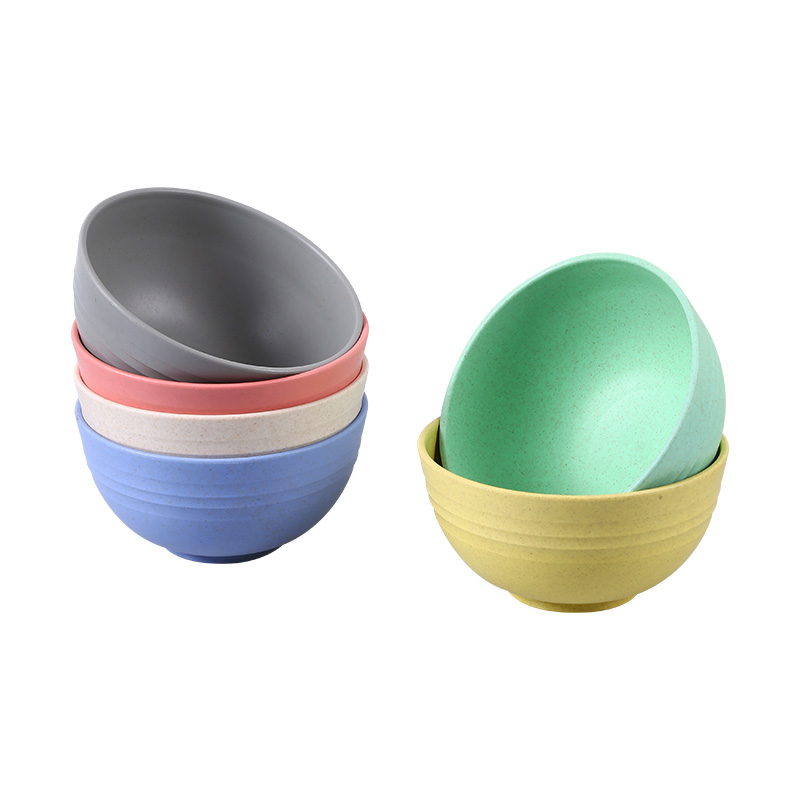
Moreover, the production process for Wheat Straw Material Tableware consumes significantly less energy compared to plastic manufacturing. By utilizing agricultural waste, this innovation reduces reliance on virgin materials and minimizes the carbon footprint associated with crop residue disposal. Farmers, too, benefit economically from selling wheat straw—a previously undervalued resource—to manufacturers of Wheat Straw Material Tableware, fostering rural economic resilience.
Practicality Meets Aesthetic Appeal
Critics of eco-friendly alternatives often cite concerns about functionality and design. However, Wheat Straw Material Tableware dispels these myths with its robust performance and modern aesthetics. Available in plates, bowls, cutlery, and even reusable cups, these products are lightweight yet durable, capable of withstanding temperatures up to 220°F (104°C). Their natural, earthy texture and neutral tones complement both casual and formal dining settings, appealing to eco-conscious consumers who refuse to compromise on style.
Restaurateurs report that Wheat Straw Material Tableware enhances brand identity by signaling a commitment to sustainability. Cafés using Wheat Straw Material Tableware often highlight it in marketing campaigns, attracting patrons who prioritize ethical consumption. Home users, meanwhile, appreciate the ease of cleaning—most Wheat Straw Material Tableware items are dishwasher-safe, eliminating the inconvenience often linked to biodegradable products.
Economic Viability and Market Growth
The rise of Wheat Straw Material Tableware reflects shifting market dynamics. As governments impose stricter regulations on single-use plastics—including bans in the EU, Canada, and parts of Asia—demand for alternatives has surged. Analysts project the global biodegradable tableware market to grow at a compound annual rate of 6.3% through 2030, with Wheat Straw Material Tableware positioned as a key driver of this expansion.
Affordability further bolsters its appeal. While slightly pricier than mass-produced plastics, Wheat Straw Material Tableware is competitively priced against other eco-friendly options like bamboo or palm leaf tableware. Bulk purchasing and subscription models are making these products accessible to schools, corporate cafeterias, and event planners. For budget-conscious consumers, the long-term cost savings—reduced waste disposal fees and fewer replacements due to durability—make Wheat Straw Material Tableware a financially sound investment.
Addressing Myths and Consumer Concerns
Despite its merits, misconceptions about Wheat Straw Material Tableware persist. Some consumers mistakenly equate "biodegradable" with "fragile," unaware that these products are engineered for repeated use. Others question their hygienic properties, though studies confirm that the natural antimicrobial qualities of wheat straw fibers inhibit bacterial growth. Clear labeling and educational campaigns by Wheat Straw Material Tableware brands are crucial to dispelling doubts and fostering adoption.
Additionally, certifications such as FDA approval, EU food contact compliance, and OK Compost Home certification provide third-party validation of safety and environmental claims. Transparent supply chains—highlighting partnerships with organic farms and ethical factories—further build consumer trust in Wheat Straw Material Tableware.
The Future of Dining: Scaling Innovation
Looking ahead, the potential applications for Wheat Straw Material Tableware are vast. Researchers are exploring blends with other agricultural byproducts, such as rice husks or corn starch, to enhance strength and versatility. Innovations in color dyes derived from plant-based pigments could expand design options, while advancements in 3D printing may enable customizable shapes for niche markets.
Corporate giants are also taking note. Fast-food chains piloting Wheat Straw Material Tableware report positive customer feedback, signaling a potential industry-wide shift. Meanwhile, startups specializing in Wheat Straw Material Tableware are attracting venture capital, underscoring investor confidence in sustainable dining solutions.
A Call to Action for Consumers
Adopting Wheat Straw Material Tableware is more than a personal choice—it’s a collective step toward mitigating climate change and reducing toxic waste. By choosing Wheat Straw Material Tableware, individuals empower industries to prioritize circular economies, support rural communities, and safeguard ecosystems.
As awareness grows, so does the urgency to act. Every meal served on Wheat Straw Material Tableware represents a vote for cleaner oceans, healthier families, and a greener planet. In the words of sustainability advocate Jane Goodall, "What you do makes a difference, and you have to decide what kind of difference you want to make." With Wheat Straw Material Tableware, that difference is tangible, practical, and profoundly impactful.
In conclusion, Wheat Straw Material Tableware is not merely a trend but a paradigm shift in how society approaches dining. Combining safety, sustainability, and sophistication, it embodies the ideals of modern consumption. As households and businesses worldwide embrace this innovation, Wheat Straw Material Tableware is poised to become the new standard—a testament to human ingenuity and our enduring commitment to planetary health.
Hot Products
-
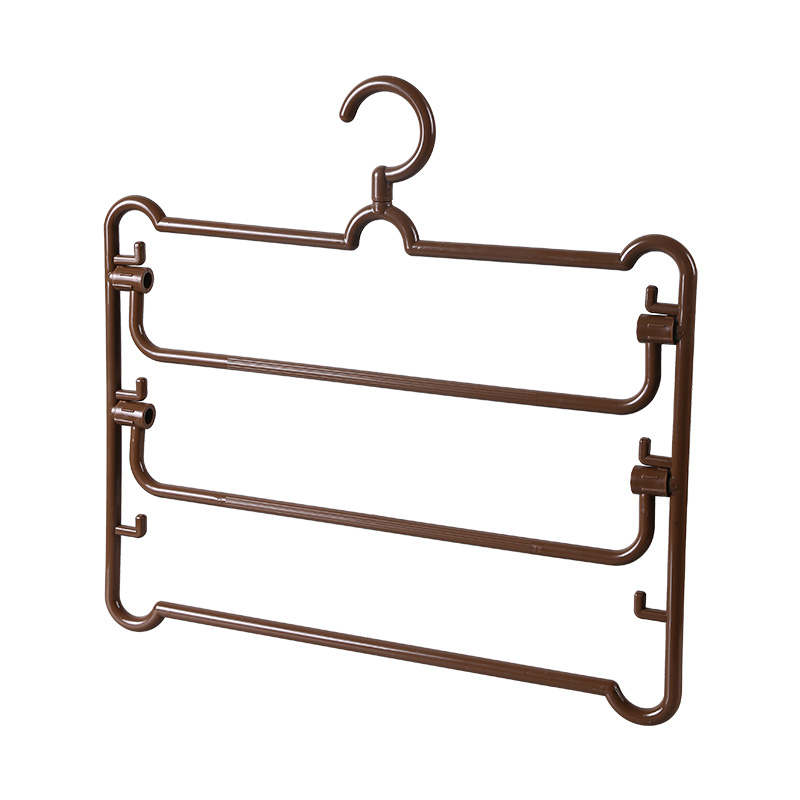
Plastic Pants Hanger (3 Bars)
-
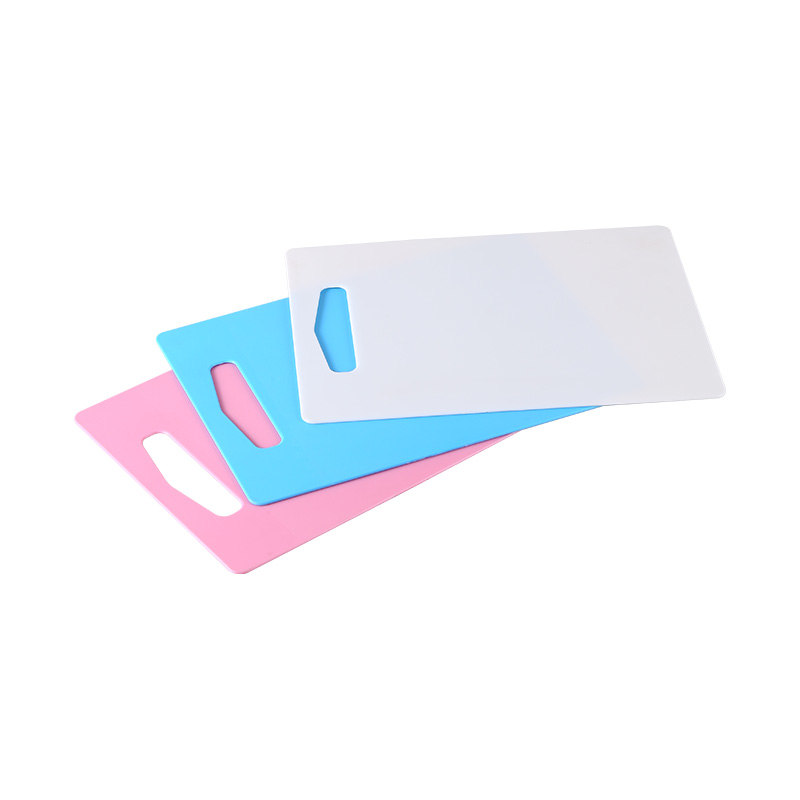
Plastic Chopping Board Food Cutting Block Mat Tool
-
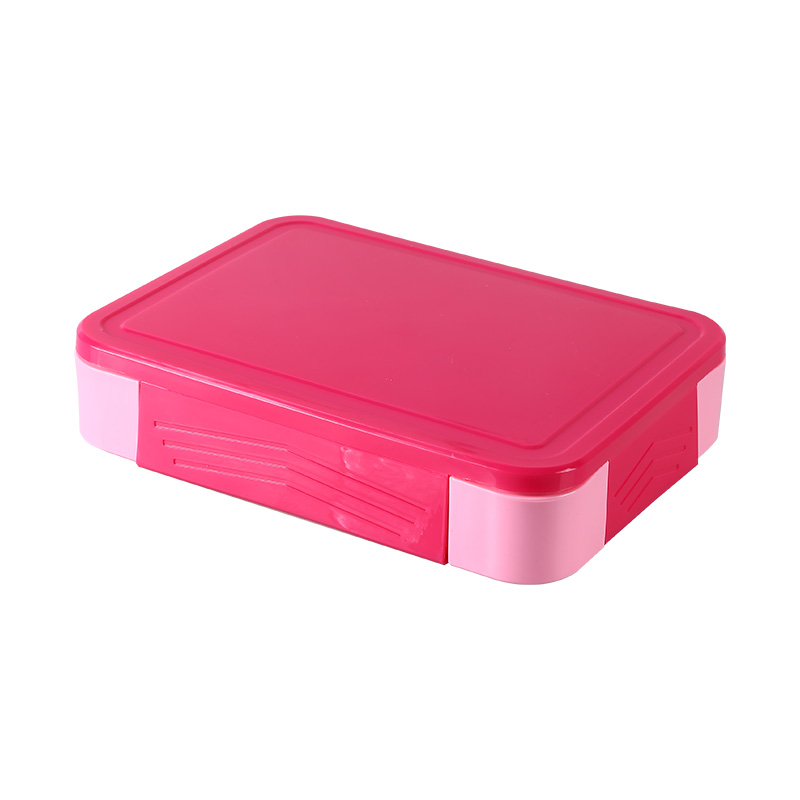
Food Storage Container For Adult Kids All-In-One Lunch Box
-
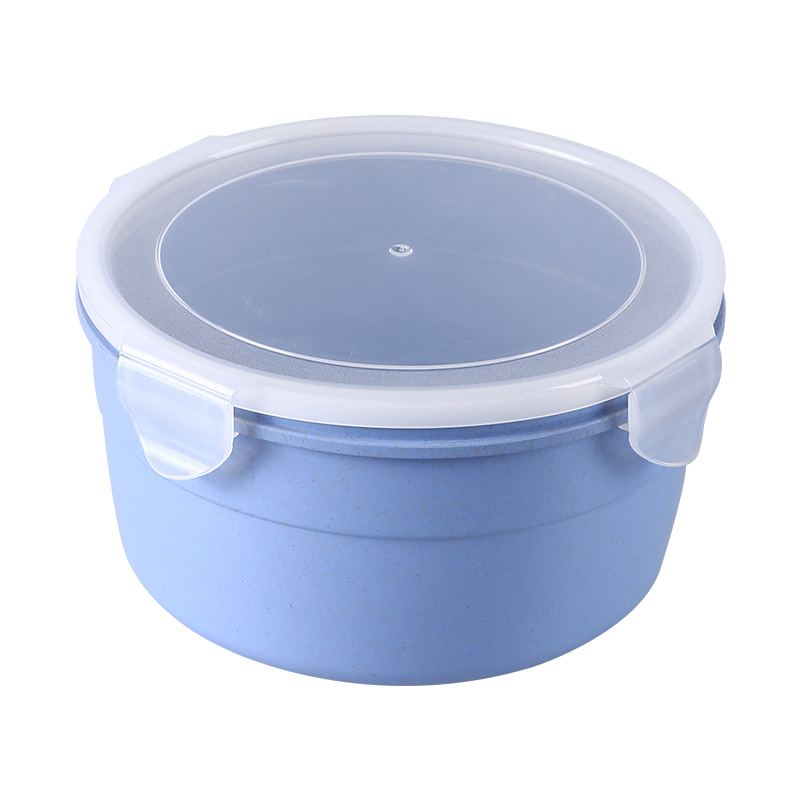
Mini Round Food Preservation Box
-
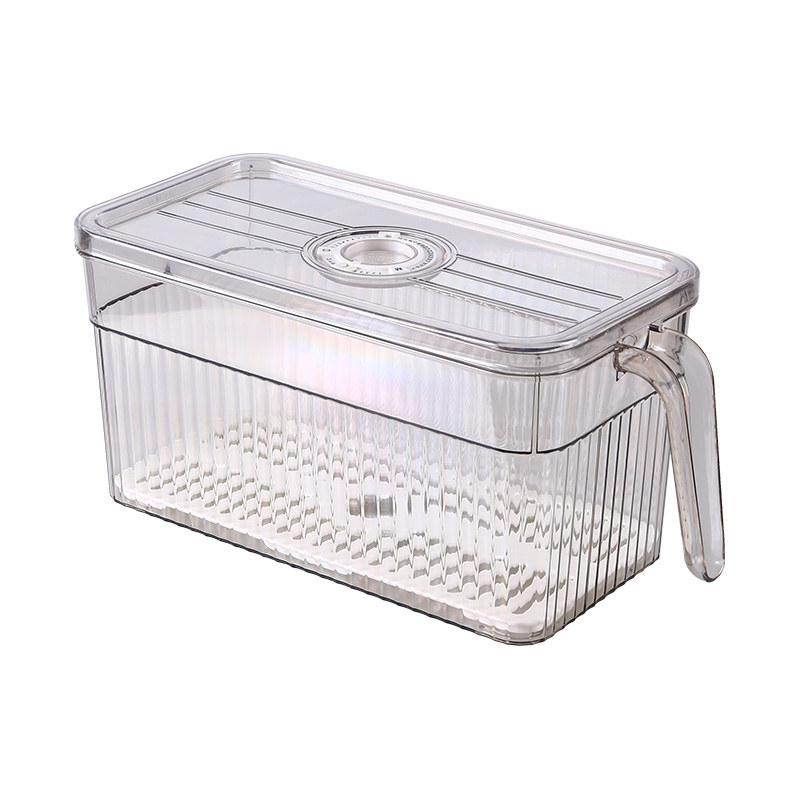
Refrigerator Storage Box Freezer Handle Storage Container
-
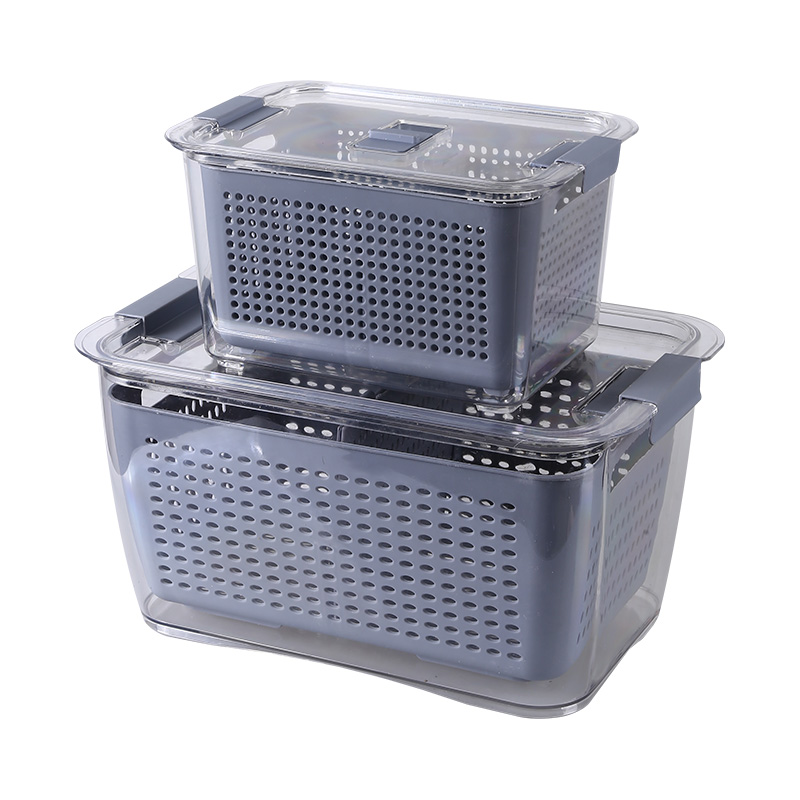
1pc Refrigerator Storage Box With Lid And Drain Basket Fruit Storage Containers Transparent Saver Container Food Organizer Bins
-
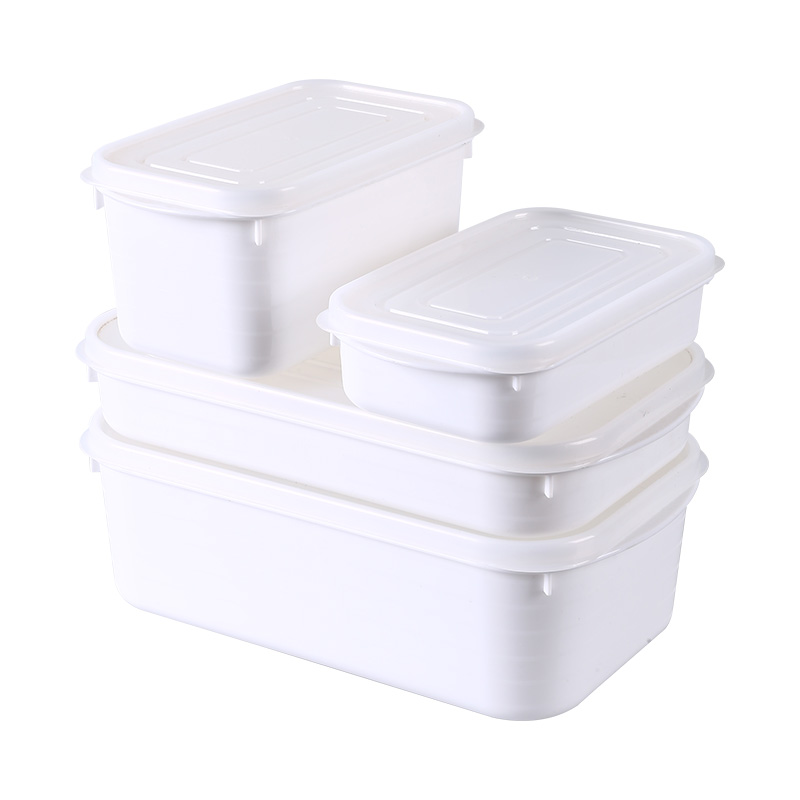
Food Storage Large Capacity Fresh-Keeping Eco Reusable Box Bento Food Leakproof Container
-
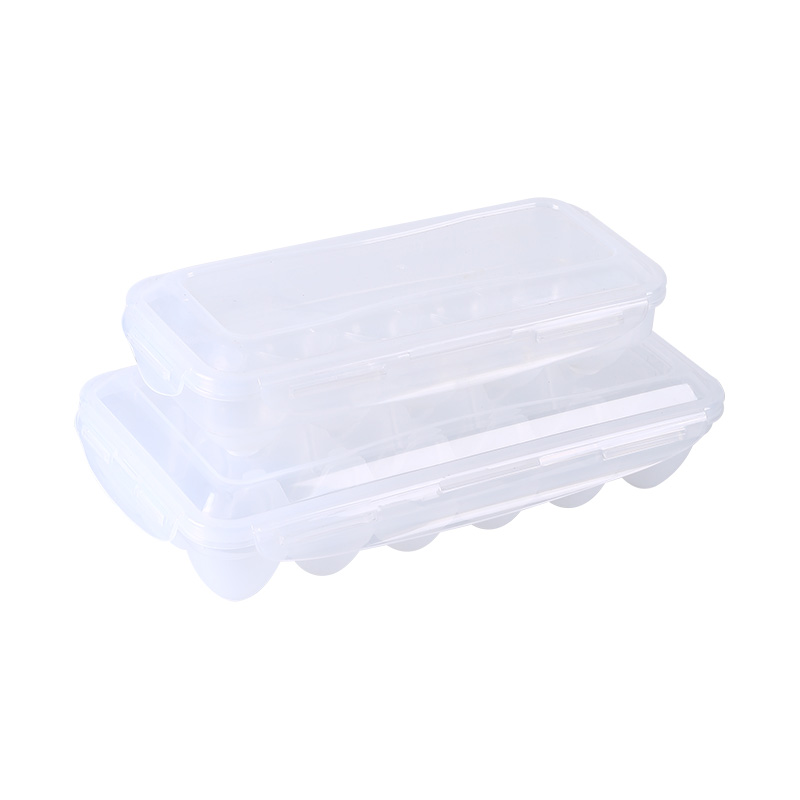
PP Plastic Egg Tray Storage Box
-
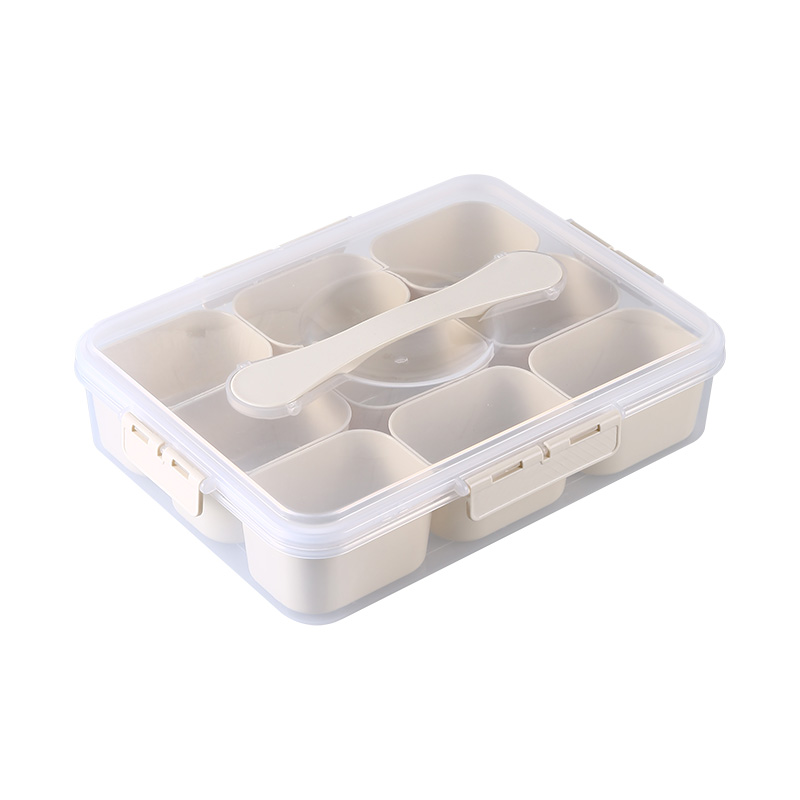
9 Compartment Divided Serving Tray With Lid And Handle Dried Fruit Storage Box
-
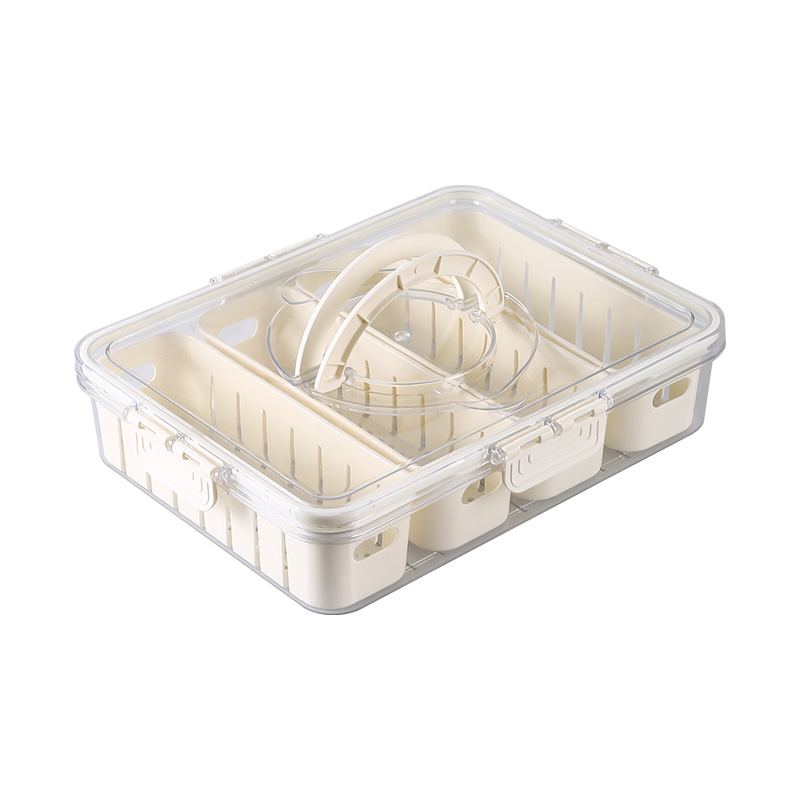
PP Material Handheld Fresh-Keeping Sealed Box Dry Food Classification Storage Box
-
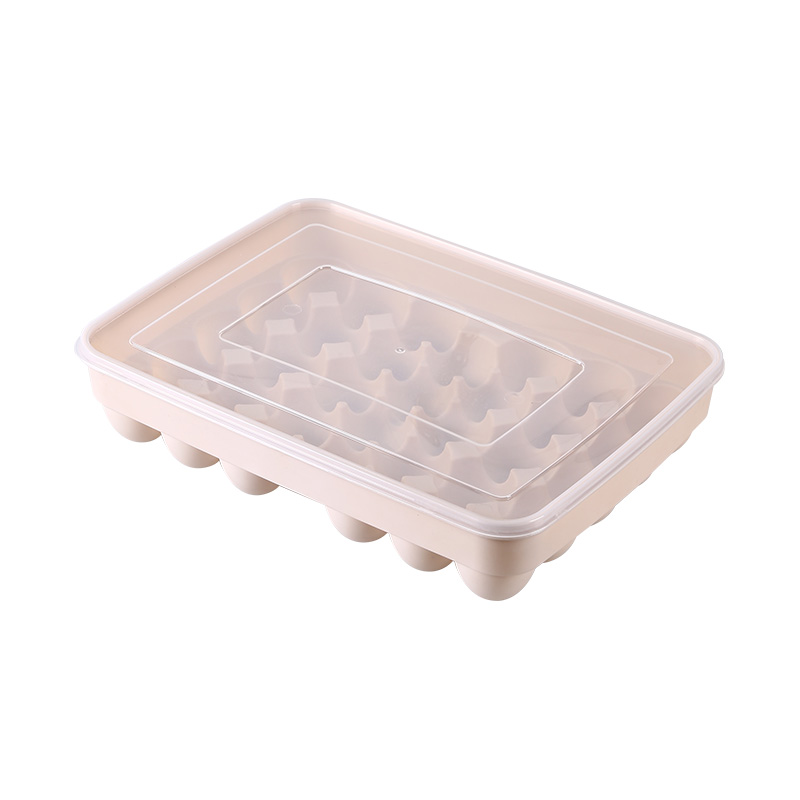
Refrigerator Storage Multi-Grid Egg Box Can Be Stacked With Cover To Food Preservation Box
-
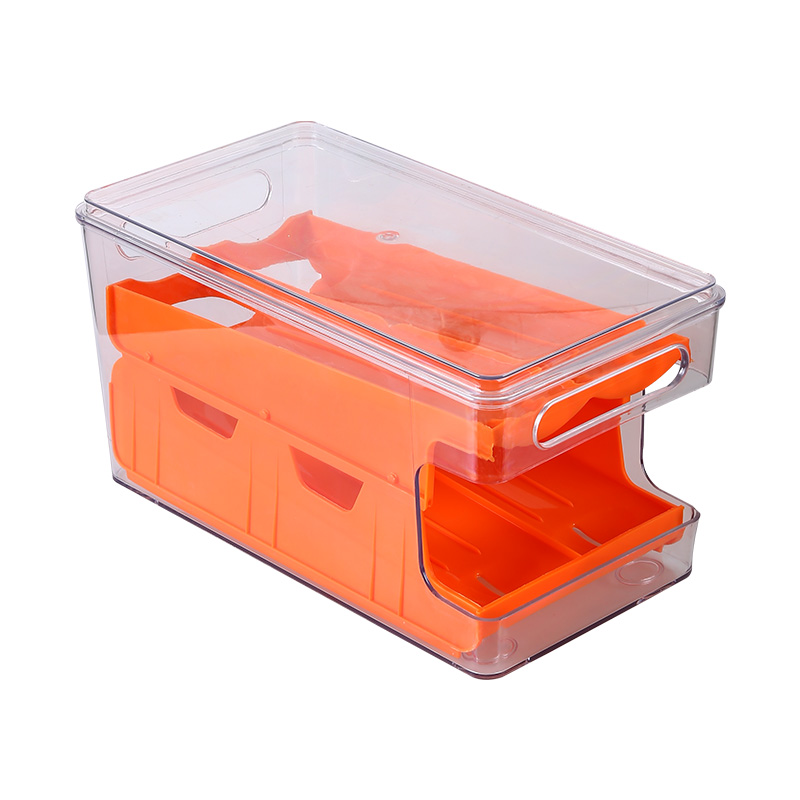
Dual-Layer Transparent Egg Storage Rack Eco-Friendly Slide-Type Household Kitchen
 English
English 中文简体
中文简体 Deutsch
Deutsch


